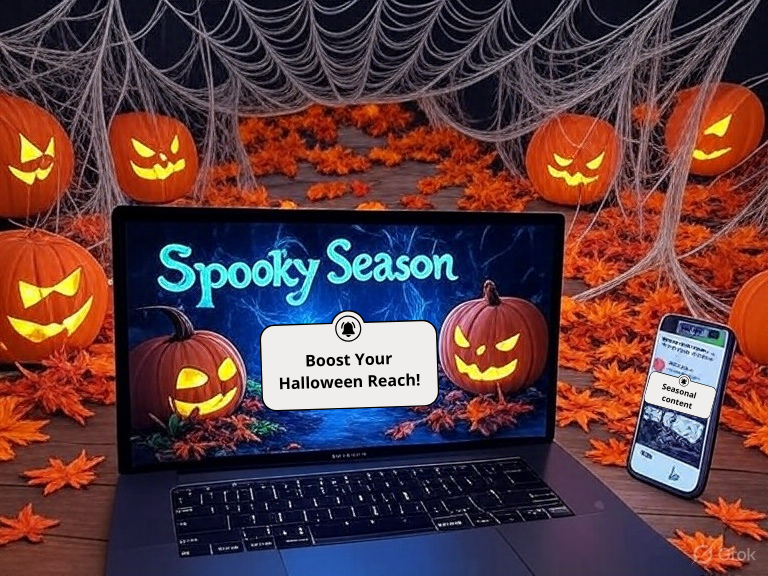5 minuti di lettura
October 8, 2025
The Psychology of Timing: When to Send Push Notifications During Holidays
Timing is everything—especially during the holidays. For publishers and content-driven websites, understanding when and how to reach readers can make the difference between a click and a scroll-by. Push notifications are a powerful way to capture attention, but when everyone is competing for that same attention, mastering timing becomes an art backed by psychology.


Why Timing Matters More During Holidays
Holidays shift user behavior. People browse differently, their routines change, and their online activity peaks at unexpected hours. During festive seasons like Christmas, New Year’s, or regional holidays, users often spend more time on mobile devices while relaxing or shopping online. For publishers, this means one thing: push notifications sent at the right time can see significantly higher engagement.
On the other hand, sending notifications too early in the day or too frequently can lead to “notification fatigue,” where users begin ignoring or even opting out of alerts altogether. That’s why understanding psychological triggers—such as anticipation, nostalgia, and emotional connection—is key to planning your holiday push strategy.
The Psychology Behind Perfect Timing
Anticipation Drives Action
People love countdowns and sneak peeks. Sending push notifications in the days leading up to a major holiday builds excitement and helps users prepare mentally. For example, a travel or lifestyle publisher could send a “Holiday prep checklist” push a week before Christmas, playing into that sense of anticipation and organization.
Nostalgia and Emotional Resonance
Holidays evoke strong emotional responses. Timing your notifications to align with sentimental moments—like weekend mornings or family-centered hours—can make your messages feel more personal and meaningful. For instance, a cultural magazine might push an article about holiday traditions early in the evening when families are winding down.
Avoiding the Noise
The days leading up to a major holiday are often overcrowded with marketing messages. Publishers can gain an advantage by sending notifications at off-peak hours or on the “shoulder days” (the day before or after the main event), when competition is lower and readers are more receptive.
Understanding Local Behavior Patterns
Timing varies by region. While audiences in the U.S. might engage more during early morning hours, readers in Europe or Latin America may be more active late at night. Use analytics and A/B testing to adapt your push timing based on geographic performance trends.

Strategic Windows for Holiday Push Notifications
- Pre-Holiday (5–7 days before): Send informative or inspirational content. Example: “Top 5 year-end stories you can’t miss.”
- During the Holiday: Keep it light, emotional, or interactive. Example: “🎄 Merry Christmas! See how the world is celebrating today.”
- Post-Holiday (1–2 days after): Share recap or reflection content. Example: “Missed it? The most-read stories of the holiday season.”
Timing these pushes strategically helps sustain engagement even after the festive rush fades.
Using Data to Refine Holiday Timing
Every audience behaves differently, and that’s why testing and analytics are crucial. Study open rates and CTRs from previous holiday campaigns to find your optimal send windows. Experiment with different times, tones, and days to identify what resonates most. Small insights—like higher engagement on December 24th evenings versus mornings—can have a massive impact on your results.

Balancing Frequency and Relevance
During holidays, quality beats quantity. Focus on fewer, high-impact pushes with strong emotional value instead of multiple generic alerts. Remember: users are more forgiving of promotional pushes when they feel timely, useful, or joyful.
Conclusion
Mastering the psychology of timing isn’t just about picking a slot on the clock—it’s about understanding your readers’ moods and moments. Holidays offer an incredible opportunity to connect with audiences when they’re most open to meaningful content. Publishers who tap into those emotional and behavioral cues can elevate engagement, drive traffic, and build stronger reader loyalty through every festive season.






